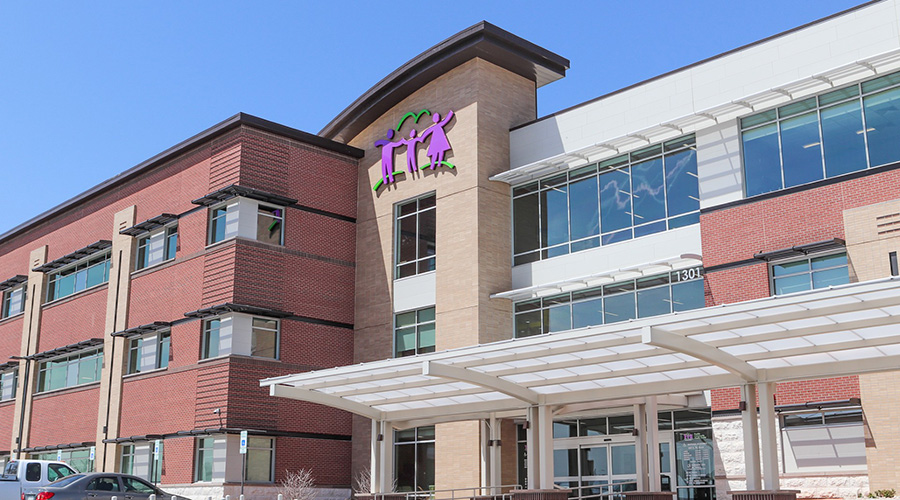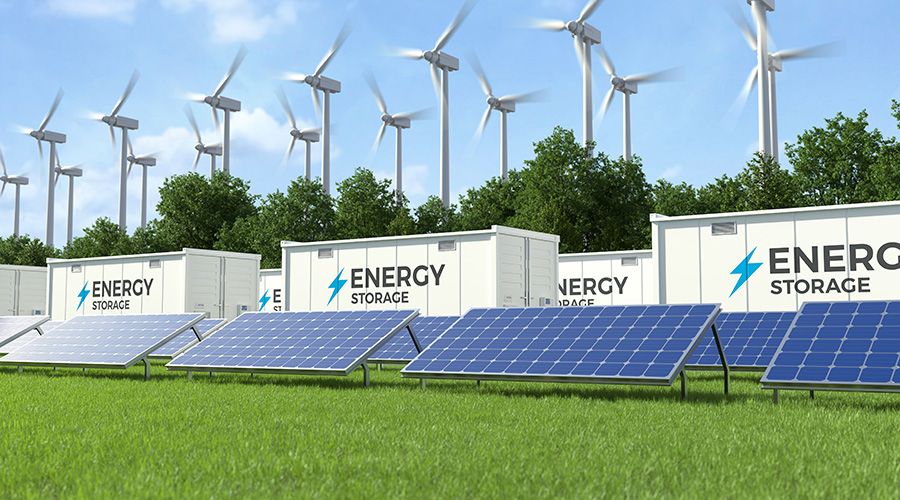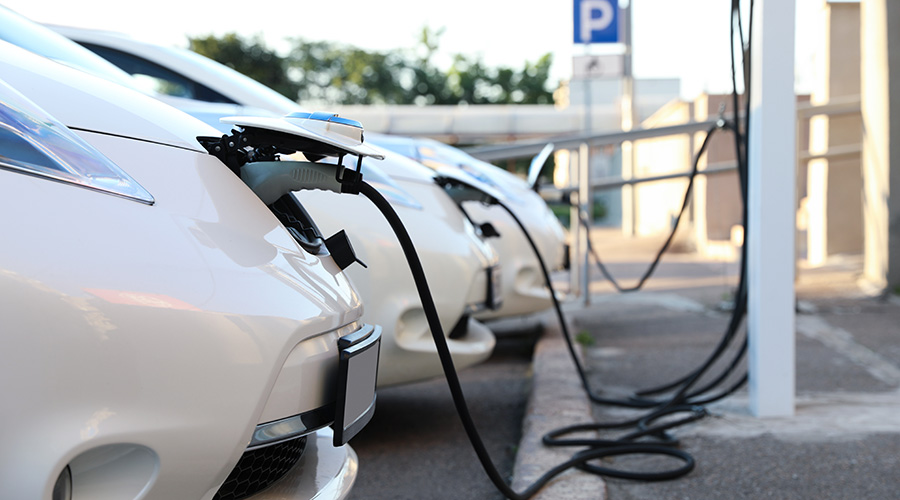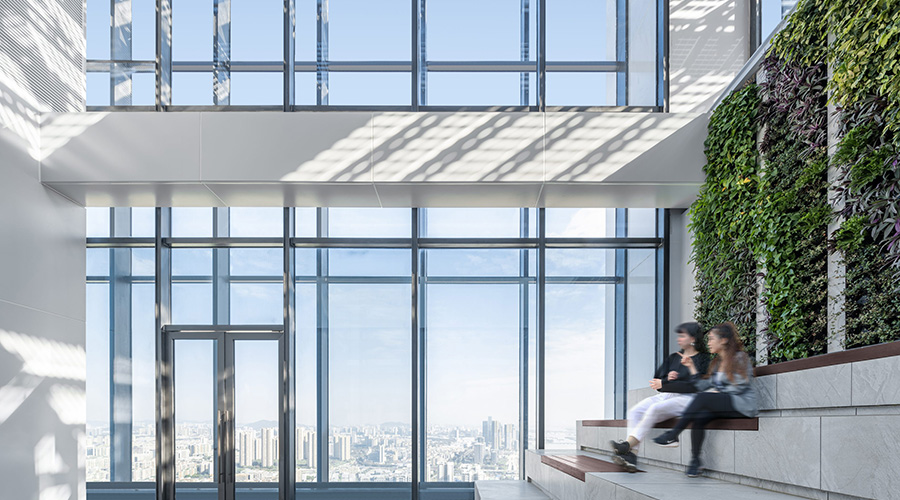Energy Efficiency: Commission for Savings
Commissioning or retrocommissioning is a good starting point when trying to ensure HVAC systems operate at peak energy efficiency. These programs can create an annual energy savings of 5-20 percent.
Commissioning is the process of ensuring a new facility or system performs according to design and the operational needs of the owner. Retrocommissioning takes place after a facility or system is operational. Retrocommissioning consists of testing the functionality of the building and confirming it can achieve the design intent.
The benefits of the processes include: improved energy efficiency; reduced utility costs; better indoor environmental quality; and a better understanding of mechanical, plumbing, and electrical systems.
The cost of retrocommissioning — 27-40 cents per square foot — can be tough for managers to swallow and depends on building size, system type and age, and project complexity. But the payback typically ranges from six months to two years. Commissioning can be more expensive, with an average cost of $1 per square foot and a payback period of about five years.
Related Topics:















